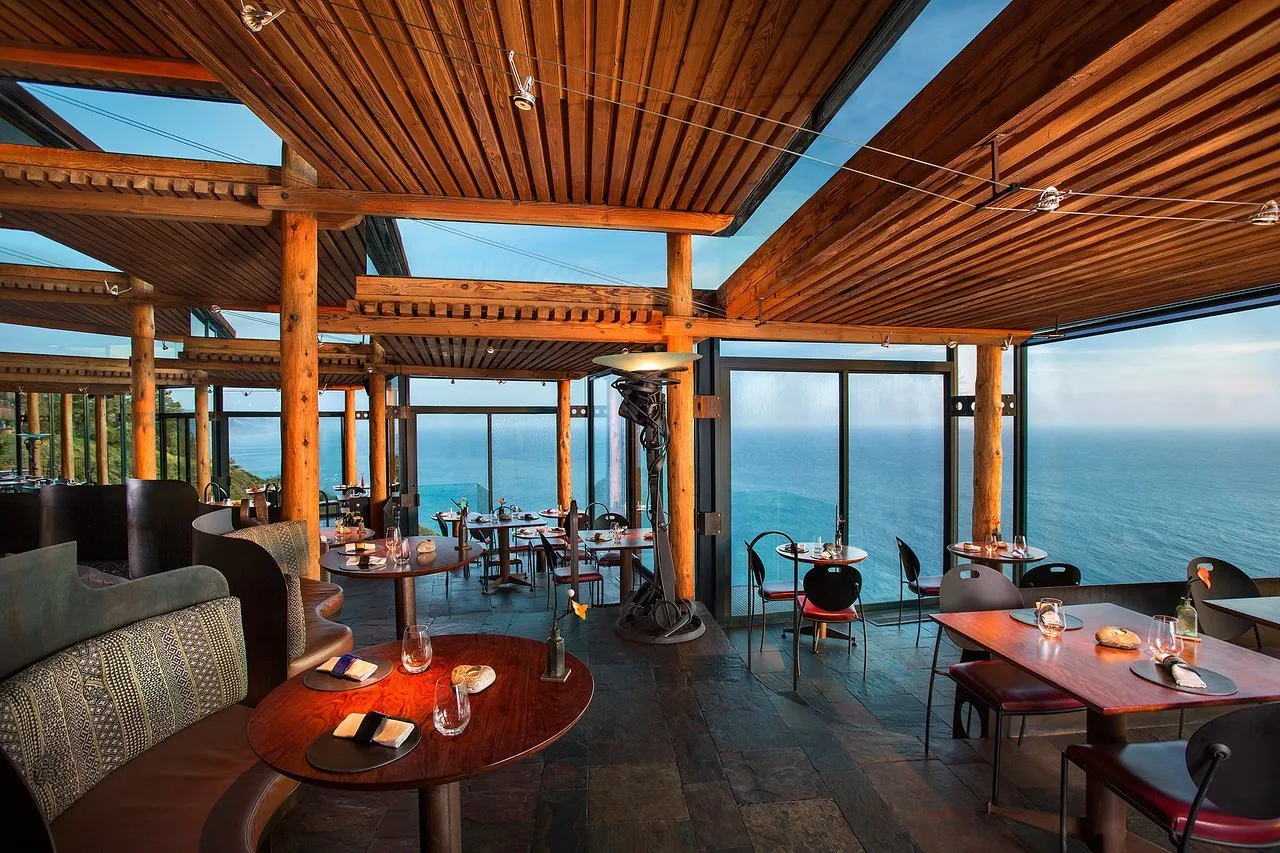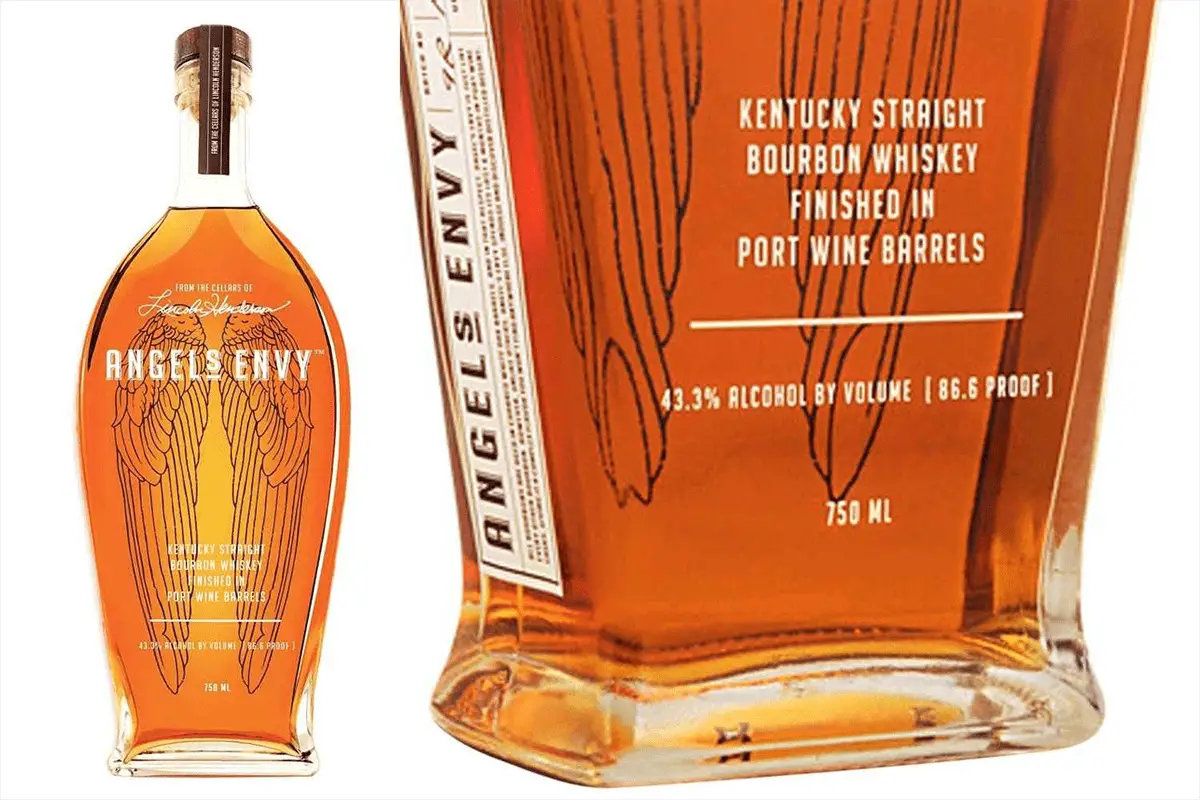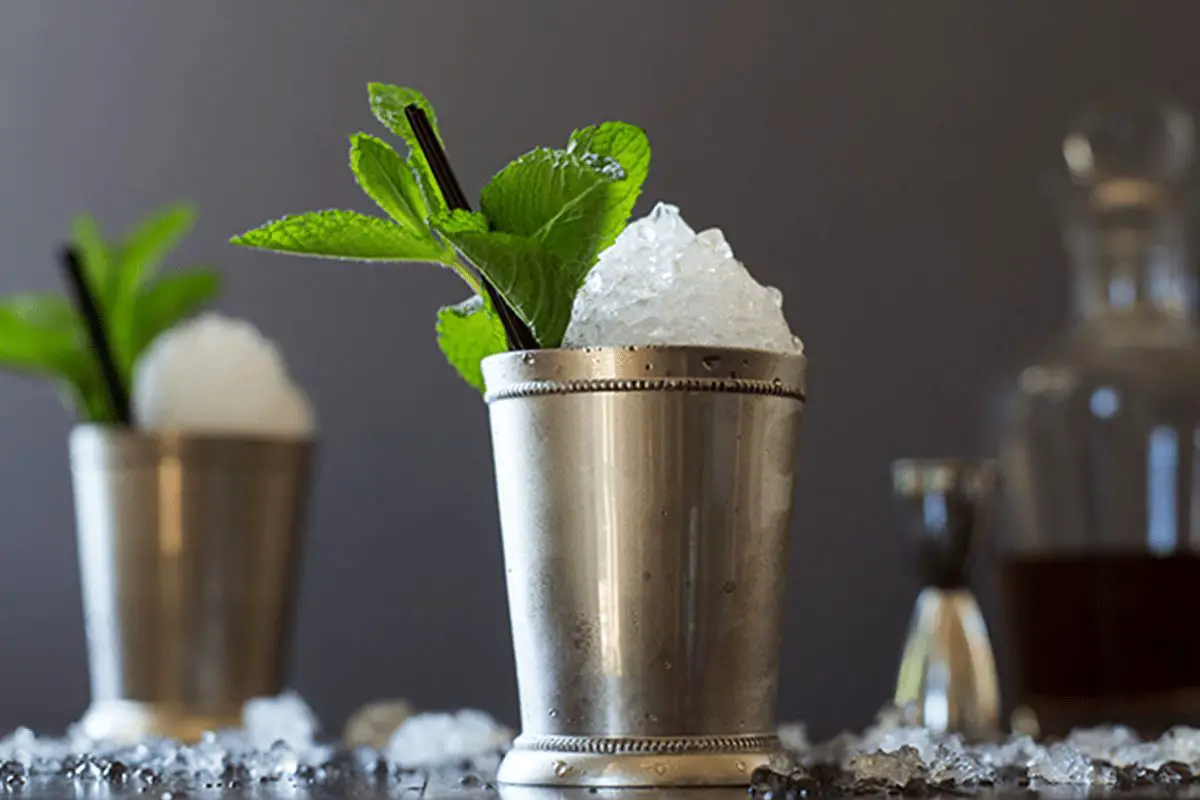What a difference an “e” makes. In 2008, New York Times writer Eric Asimov set off thunderbolts when he did up an otherwise non-confrontational whiskey review. His most dire of offenses? He used the American spelling of the spirit: w-h-i-s-k-e-y. And nothing gets a thistle up a Scotman’s kilt like that “e.”
In bonnie Scotland, it is w-h-i-s-k-y. No “e.” At all. Ever. Upon pain of death-by-bagpipe. Only *shudder* Americans and *faint* Irish use the “e,” and thus, it makes all the difference in the world. There are standards, don’t you know.
But vowels and the European Union naming committees aside, whiskey/y is now a worldwide phenomenon, not only in appreciation, but distillation. Here is a sampling of some of the best. No offense to Scotland. We love bagpipes. Really.
Penderyn
Let’s here it for Wales, who nimbly deflated the whole “e” debate by naming its take on the spirit in Welsh: wysgi. But the land of King Arthur should be applauded not for avoiding toes, but for bring back from the dead the proud tradition of Welsh spirits — wysgi hasn’t been produced in the country for over a century. For a Celt, “insult” isn’t even the right word.
“Penderyn started, as a lot of good things do, as a conversation in a pub,” recalls Stephen Davies, managing director of the Penderyn Distillery. “It was a group of friends getting together and making this observation that the Scots have whisky, the Irish have whiskey — what on Earth happened in Wales? We’ve got nothing. We’ve got no distilleries at all. We need to do something about that.”
It took a few tries, and the invention of an unique, one-pot-two-column distillation process, but good things are worth waiting for, even 100 years: With aromas of cream toffee, rich fruit, and raisins, the signature Penderyn Madeira Single Malt flows deliciously through the mouth — although the 46 percent ABV does pack a punch. Davies highlights its crisp and rounded palate, and long-lingering notes of tropical fruit, raisins, toffee fudge, and vanilla. Lauded by Whisky Magazine as “stylish”, Jim Murray’s Whisky Bible positively gushed, saying it “deserves the highest praise.” In 2012, the then-12 year-old new kid on the block took the gold for the Best World Whisky at the International Whisky Competition.
It is enough to make one forego w-h-i-s-k-yadda-yadda-yadda all together.
Kavalan
It wasn’t just the Welsh that taught the hair of the dog new tricks. “Made in Taiwan” is a dubious slogan for a spirit associated with windswept vales, trilled “r’s,” and, more to the point, cold. Whisky needs cool temperatures to mature properly. For Taiwan, a tropical island with an average yearly temperature of 71º F, the hurdles begin even before the starting line.
But do not get between Asians and their whisky; go to a bar from Tokyo to Bangkok and whisky (or whiskey) may well be the only thing on offer. Taiwan’s first whisky producer, the Kavalan Distillery, and their star spirit, King Car Conductor, are standouts in for using climatic adversity to their advantage. With a touch of papaya, banana and green apple, and pleasantly floral, King Car offers up a sweet, rich palate with notes of vanilla, banana, coconut, and a slight bitterness to balance.
“The combination of our master blender’s craftsmanship, great cask selection skills and subtropical heat contribute to the unique flavor and quality,” says master blender Ian Chang. “It is incredibly smooth, mellow and creamy. Above all, the distillery harnesses the heat of the Taiwanese summer to extract the wood and create the magical effect — a natural rich color.”
The exact process is a closely guarded secret, but who cares? Kavalan proved to be as tough a competitor as the island is in almost every other regard. Hitting the market in 2008, the whisky took its first award in 2010, and by 2014 tallied over 120 gold medals and similarly shiny accolades.
Glenmorangie
Like we weren’t going to mention a Scottish whisky. Because we love bagpipes. Really!
Curiously, when you want to make one of the best whiskies in the world, it means you are going to have a size issue. Or rather, a height one: Founded back in 1846, the creators of Glenmorangie broke with tradition by using the tall stills usually reserved for gin, rather than the squat, onion-shaped ones characteristic of whisky.
“The tallest stills create the smoothest, most complex liquid,” explains David Blackburn, the distillery’s Global Brand Ambassador. “They ensure only the lightest vapors which contain the purest, smoothest most floral and appealing aromas reach the condenser at the top of our still. We leave behind much of the harsher chemicals that make it into other, lesser malt whiskies.”
Let’s hear it for nonconformists; Glenmorangie Highland Single Malt has held Jim Murray’s Whisky Bible in a headlock for 11 years and Scotland for 50. The distillery gives nothing if not options for the whisky-lover, with 16 whiskies in their repertoire, but we at GLR recommend the tried and true Original, whose nose of citrus and ripening peaches is softened by the aroma of vanilla. Flowing across the palate with another touch of vanilla before bursting into fruitiness, it finishes with hints of orange and peach.





